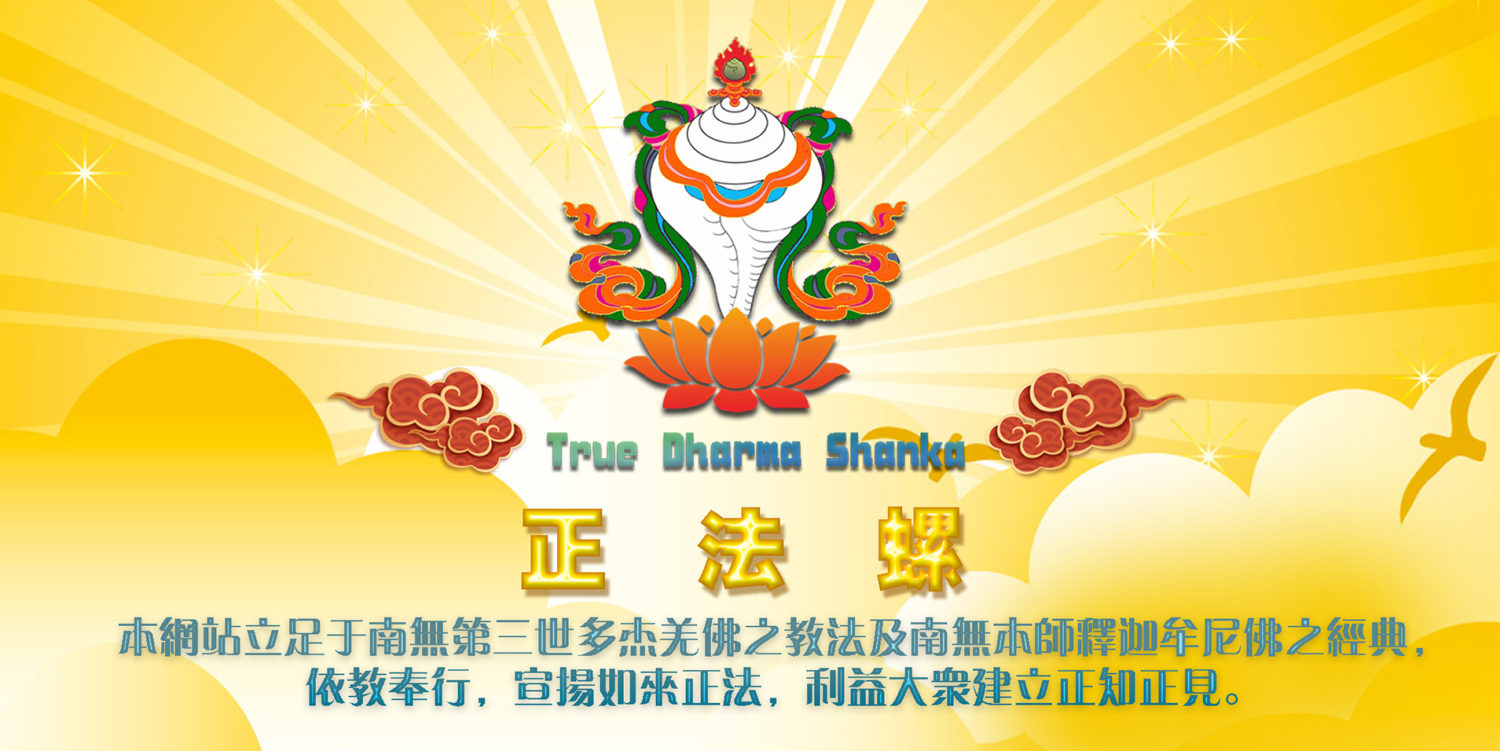ARTISTIC ACCOMPLISHMENTS OF H.H. DORJE CHANG BUDDHA III
ARTISTIC ACCOMPLISHMENTS OF H.H. DORJE CHANG BUDDHA III
The accomplishments and contributions of H.H. Dorje Chang Buddha III are extremely comprehensive. The book entitled H.H. Dorje Chang Buddha III published in 2008 shows some of the accomplishments of H.H. Dorje Chang Buddha III in thirty different main categories. Within the one category of painting and calligraphic artistry alone, H.H. Dorje Chang Buddha III has created Chinese paintings, oil paintings, different styles of calligraphy, etc. In addition to being able to paint in the styles of the currently existing schools of painting, such as the Realism School, the Abstract School, the Line School, the Impressionist School, and other schools, H.H. Dorje Chang Buddha III has independently originated sixteen unique schools of painting. They are called: 1) the Chaoshi School; 2) the Chouxiang Yunwei School; 3) the Wenfeng School; 4) the Fangfa School; 5) the Menglong School; 6) the Xiangtong School; 7) the Fanjuan School; 8) the Puomo Xiantiao Xiezhen School; 9) the Weiyin School; 10) the Fanpu School; 11) the Miaoxie School; 12) the Puomo Weiyun School; 13) the Kuangxi School; 14) the Yousi School; 15) the Banqi School; and 16) the Houdui Sekuai School (Thickly Piled Patches of Color School).
Many famous painters spent their entire lives focusing on one kind of artistic subject or theme in order to establish their own school of that one style. However, not only did H.H. Dorje Chang Buddha III found sixteen schools of painting, He also developed the style of each school to a state of perfect artistry. This has naturally resulted in the distinct school of painting called “The H.H. Dorje Chang Buddha III School of Multiple Styles,” which no painter in history can match!
At the fourth session of the World Poets and Culture Conference held in Hungary in 1994, more than 5,600 experts and scholars representing 48 countries and regions unanimously approved conferring upon H.H. Dorje Chang Buddha III the title “Distinguished International Master,” which has an honorific status comparable to a head of state. The certificate was signed by Sir Juan Antonio Samaranch, the then President of the International Olympic Committee.
On February 10, 2004 the Royal Academy of Arts of the United Kingdom conferred upon H.H. Dorje Chang Buddha III the title of “Fellow,” a title never before conferred in the history of that academy. The Royal Academy of Arts in the United Kingdom was founded in 1768 by the then King of Britain, George III. That academy has received the patronage and support of the royal family up to this day. Professor Phillip King, President of the Royal Academy, awarded the Certificate of Fellow to H.H. Dorje Chang Buddha III at the British Embassy in Washington, DC. The cultural counselor of the embassy attended the award ceremony in person. Professor Phillip King said, “This is the first artist to receive this title in the more than 200-year history of the Royal Academy of Arts in the United Kingdom.”
Since the year 2000, paintings by H.H. Dorje Chang Buddha III have repeatedly broken price records in art markets, selling for the highest prices for paintings by any living artist. The market price has now reached more than US$1,000,000 per square foot. Moreover, market prices recorded at international art auctions and evidence of sales prove that limited release copies of paintings by H.H. Dorje Chang Buddha III are sold at the world’s highest prices, reaching over US$380,000 each, thus surpassing copies of paintings by Picasso, Monet, Van Gogh, and other extremely famous painters in the world.
Many works of art by H.H. Dorje Chang Buddha III are exhibited at the International Art Museum of America, which is a non-profit public-benefit art museum located in downtown San Francisco in the United States. Furthermore, the International Art Museum of America is offering to buy paintings by H.H. Dorje Chang Buddha III in the style of the Thickly Piled Patches of Color School at a price of over US$1,000,000 per square foot. However, it is still very hard to find any such paintings offered for sale.




